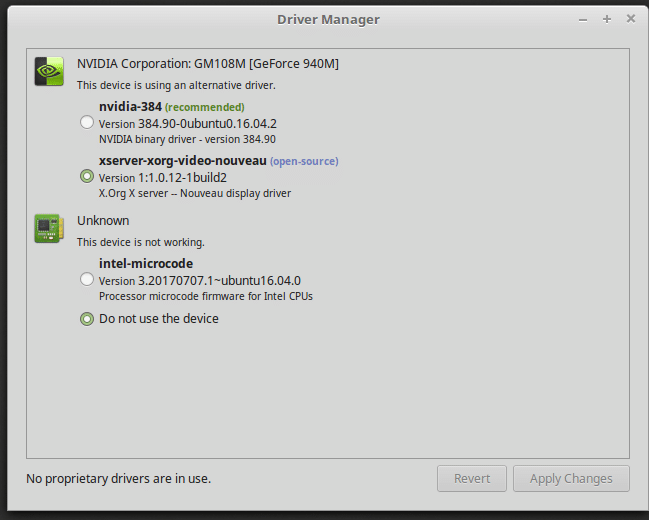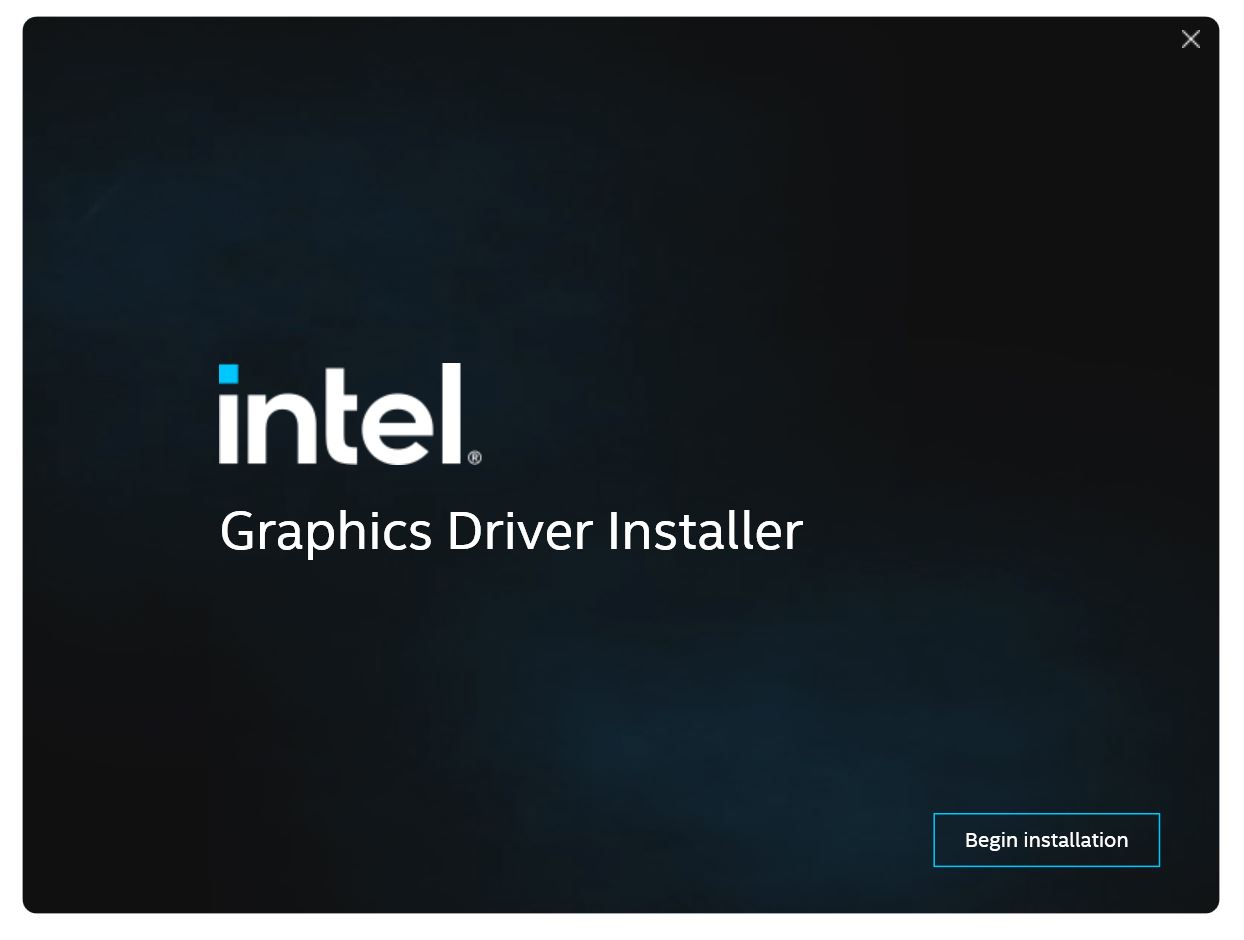
You can also open up a new terminal window and enter the following command to see which binary driver is recommended for your specific card. You can see what driver is being used for Nvidia card (Nouveau by default) and a list of proprietary drivers. This will open up the software & updates window. Enter the below command in the terminal window. For best graphics performance, we can use the software-properties-gtk program to install the proprietary driver. However, this driver lacks 3D acceleration support. Ubuntu comes with the open source nouveau driver which is included in the Linux kernel for Nvidia cards. Step 3: Install Nvidia Graphics Card Driver If you think you made some changes to this before and you don’t remember what graphics card is being used, then go to system settings > details, and you will see the graphics card being used right now.

Step 2: Check What Graphics Card You Laptop is Using If this is also the case for you, then continue to read this article. lspci -k | grep -A 2 -i "VGA"Īs you can see, my laptop has Intel and Nvidia Graphics card. Just paste the following command in the terminal window. The first thing you need to do is to check what graphics card your laptop has.

Step 1: Check What Graphics Card You’ve Got

If you are not interested in gaming or 3D charting, the integrated Intel graphics card, which is embedded in the CPU, is good enough and it consumes less energy than Nvidia card does, resulting in less energy consumption and longer battery hours. Which Graphics Card Should You Use?įor gaming and 3D charting that requires a lot of graphics power, use the discrete Nvidia card. This tutorial will show you how to seamlessly switch between Intel and Nvidia graphics card on Ubuntu. These days, it is common to see two graphics cards on laptops: Intel graphics card and Nvidia graphics card.


 0 kommentar(er)
0 kommentar(er)
